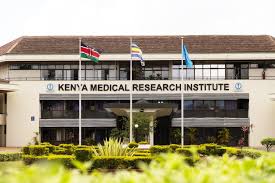According to locals, the victims’ bodies were found swollen, with peeling skin, a condition that has raised alarm and concern throughout the community.
Health officials have since launched an investigation to determine the cause of death, with samples taken to the Kenya Medical Research Institute for testing.
However, the county department of health said the victims had pre-existing underlying conditions.
Their bodies are preserved at the Coast General Teaching and Referral Hospital mortuary, awaiting post-mortem examination and further evaluation.
“The Department of Health, Mombasa County government, has received unverified reports of deaths of four individuals under unclear circumstances. Upon receiving this information, the Department immediately deployed an investigative team to Migadini area to investigate the reported cases and the public concerns, the department said.
Authorities are urging the public to remain calm and observe hygiene protocols as medics rule out possible contagion.
“Although the health department has not found any evidence of an infectious disease at this stage, we urge the public to Liaise with community health promoters, community leaders and community-based organisations to report any cases of missing persons”.
“The County department continues to monitor the situation and will provide more updates as more information becomes available”, it assured. Margaret Kalekye, KBC






